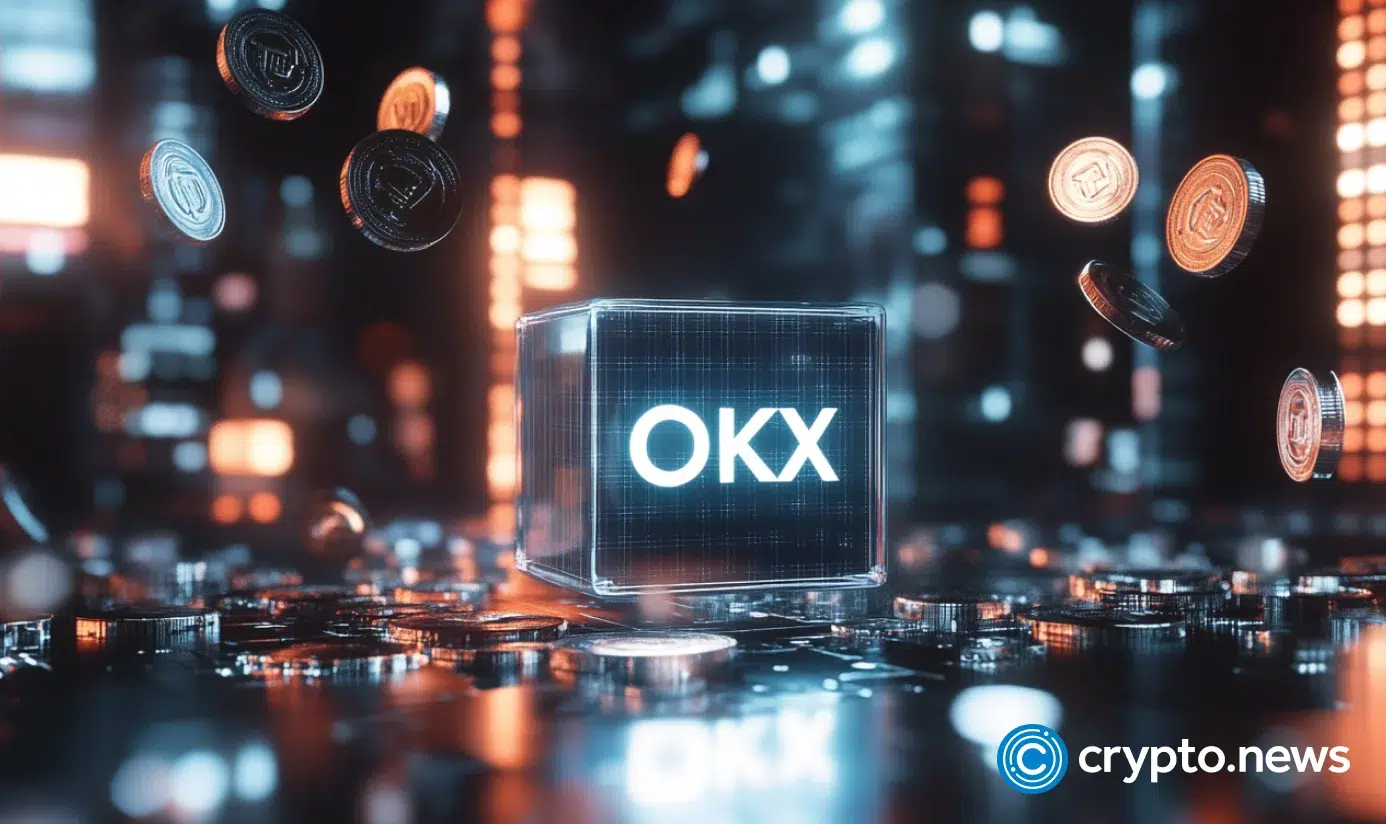
Ethereum reclaimed the top spot in decentralized exchange trading volume in March for the first time since September 2024.
Ethereum-based DEXs handled $64 billion in spot trading volume, compared to Solana’s $52 billion and BSC’s $44 billion, as per DefiLlama data. Overall market activity has slowed despite this milestone. DEX trading volume has fallen from $86 billion in January to $85 billion in March, while the total value locked declined from $67 billion to $49 billion over the same period.
The network’s fee generation has also fallen sharply. In January, Ethereum (ETH) earned $142 million in transaction fees, but that figure plummeted to just $21 million in March. The network’s burn rate, which tracks the amount of ETH removed from circulation, hit its lowest level since August 2021.
According to data from Ultrasound Money, just 53 ETH was burned per day last week, and Ethereum’s total supply has grown 3% since the EIP-1559 upgrade, raising concerns about the asset’s long-term value accrual.
Ethereum’s price has struggled as a result, ending Q1 2025 down 45%, as per Coinglass data. This has contributed to $170 billion in market value being wiped out in what was the network’s third-worst quarter since 2016.
Given the current network dynamics, institutional investors have been cautious. SoSoValue data shows Ethereum exchange traded funds lost $403 million in March, with just one day of inflows. In addition, analysts from Standard Chartered have slashed their year-end ETH price target from $10,000 to $4,000, citing strong competition from Ethereum’s layer-2 solutions, which have drawn users away by offering lower fees.
Still, Ethereum’s long-term potential shouldn’t be overlooked. It remains the leader in promising sectors such as the tokenization of real-world assets, which is projected to become a $16 trillion industry by 2030.
Ethereum controls 54% of the tokenization market, as per RWA.xyz data, with $5 billion in assets tokenized on the network. As traditional finance continues to move on-chain, the network may see a renewal of interest.
Larry Fink, the CEO of BlackRock, has emphasized the potential of tokenization, predicting that all assets will eventually be represented on-chain. Ethereum’s supply may once more become deflationary and drive value over time if it can continue to play a part in this shift.
Ethereum could also benefit from staking-enabled Ethereum ETFs. Both the New York Stock Exchange and Chicago Board Options Exchange have filed for staking in Ethereum ETFs with the Securities and Exchange Commission.
Staking in ETFs could increase demand and lock away a significant amount of ETH. This, coupled with institutional adoption, could give Ethereum a much-needed boost.







